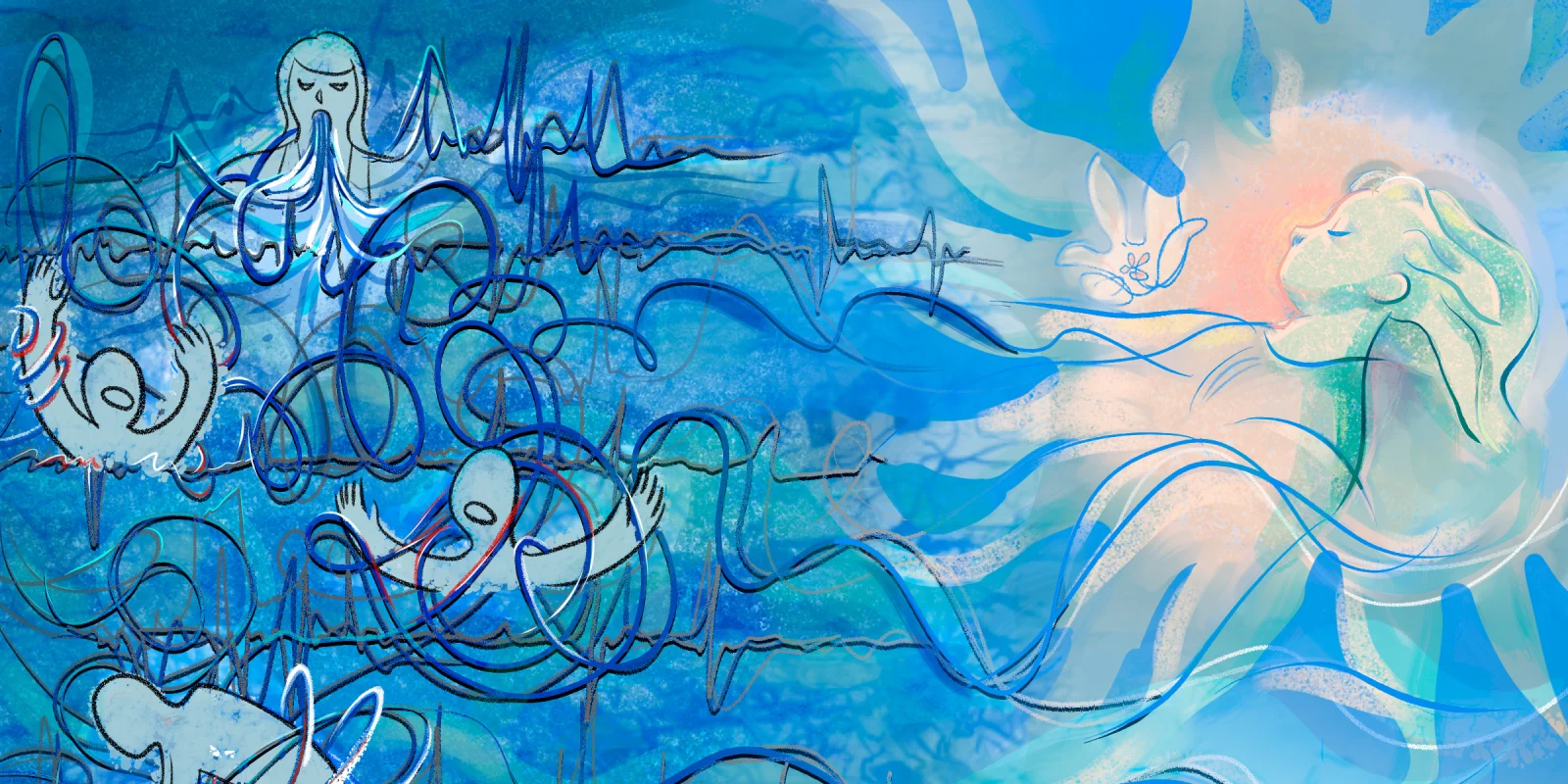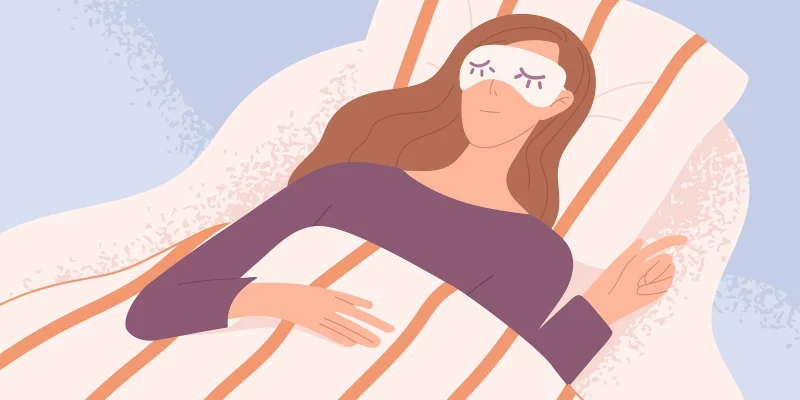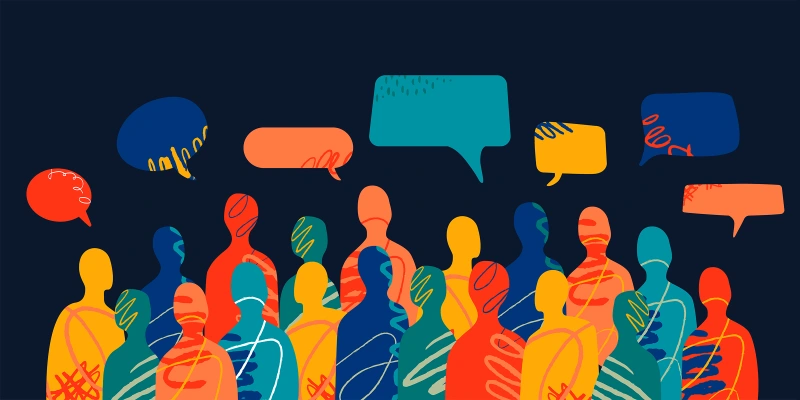My first exposure to end-of-life (EOL) care predated medical school. I was 8 years old, and a patient reached out to my piano teacher asking if a student would be able to play Christmas carols for her at the local hospice home. My piano teacher wasn’t sure it was the right thing to do — bringing a child into a place where death was imminent — but my mother, a symphony violinist, had long recognized the palliative power of music. I played Christmas carols in May — flowers and trees blooming outside of the patient’s window, with a doting golden retriever looking on — and the patient listened with tears in her eyes. She died a few weeks later, but I continued to play the piano at the hospice home during childhood and came to understand that death could be peaceful, that it could take place in a room decorated with flowers and artwork from grandchildren, in the company of thoughtful nurses and therapeutic animals.
When I was in medical school, I completed a two-week palliative care rotation. One of my hospice patients was a minister who was finishing a book and about to host what he was calling his “final barbecue” for his children and grandchildren. He shared with me that in dying, he wanted to create memories for those who would live on, just as he had done in his job when presiding over funerals. Hospice made this possible for him.
Both patients above had decisional capacity until the end of life. Inside and outside of health care settings, decisional capacity often begets autonomy, which qualitative research tells us is inextricable from dignity in EOL care. As defined by medical ethicist Jukka Varelius, autonomy is “self-rule that is free from both controlling interference by others and from limitations, such as inadequate understanding, that prevent meaningful choice.” Decisional capacity, in turn, is that which, when lost, equates to this “inadequate understanding”; it refers to the state in which a patient’s freedom from interference by surrogate decision-makers is curtailed. Notably, these decision-makers may have the best of intentions, but without knowledge of the patient’s values and goals in life and in death, they may choose medical interventions that directly conflict with those values and goals. Therefore, it is our responsibility as physicians to help patients ascertain what a dignified death looks like for them while they still have such decisional capacity — as too many patients struggle to retain autonomy and dignity in dying.
One particular experience during my training made the task of discussing EOL care with patients feel especially urgent. Every day during this time, my colleagues and I braced ourselves for the moment when one of our patient’s screams would echo from across the hall into our workroom. Despite premedication with opioids for their dressing changes, this patient experienced intense pain. They begged their caregivers to stop. They told multiple physicians “I just want to die.” Regardless of these stated goals, a comprehensive psychiatric evaluation determined that the patient did not have decisional capacity to end their care. Plus, no family member felt comfortable making decisions on their behalf. Every time we heard this patient’s screams, my colleagues and I hoped for a long-awaited ethics committee meeting to happen soon. In the meantime, the patient slept all day long, cried all night long, and endured painful medical interventions. I wondered: Would this patient have wanted these interventions when they had the decisional capacity to choose? The answer may have been yes, but we will sadly never know. And so, I would muse, how might we offer this patient a death with dignity?
Medical training exposes us to the reality that any human being can lose decisional capacity regarding care and treatment at any time; it is impossible to predict when this will occur for all patients. For older patient populations, screening tools exist to assess and address health conditions that may lead to loss of functional and cognitive abilities. The WHO Integrated Care for Older People screening tool assesses six domains which may impair functioning so that carers may adopt an integrated approach to reverse or slow functional losses. The gold-standard Montreal Cognitive Assessment has high sensitivity and specificity in detecting mild cognitive impairment. Mini-Cog is designed to mitigate cultural barriers to assessing cognition. While these screening tools are a starting point for identifying patients with impairment, none are designed to predict loss of decisional capacity. A gap exists in the literature for such a tool.
In lieu of a validated screening instrument, it is clinicians’ responsibility to delicately start a conversation about EOL wishes with our patients. In my residency training, I have noticed an unfortunate trend that physician-patient EOL discussions almost exclusively center around available medical interventions, not personal goals and values. Furthermore, many of my patients seem to have not considered their EOL wishes at all. To combat this, I encourage my patients to complete advance directives and bring them in for upload into their chart. I also try to squeeze in time during my ED visits to discuss with patients the values, goals, and experiences that bring meaning and dignity to their lives. Though I know time is limited in these encounters, I try to identify small, feasible ways to improve patient quality of life in the hospital. For example, I recently met a patient who enjoyed reading, and we partnered with a hospital activity therapist to provide her with classic English literature. A separate patient, while alert to self only, told us that he enjoyed watching a specific television channel, and we put the channel on for him during the daytime.
For patients without decisional capacity, what can autonomy look like in EOL decision-making? A systematic review identifies two domains of autonomy from studies of patients with advanced disease: “being normal” and “taking charge.” Normalcy relates to feeling like one’s pre-illness self: maintaining one’s roles and routine activities while making plans, helping others, and imparting knowledge and memories to loved ones (in the manner, say, of the aforementioned minister). “Taking charge” relates to maintaining dignity, a process which may encompass medical decision-making but also includes expressing preferences and needs and preparing for death with a sound understanding of the likely timeline and course of one’s illness.
Decisional capacity may determine autonomy in choosing whether to pursue medical interventions. However, by shifting our definition of EOL autonomy away from treatment and care, we can foster death with dignity through non-medical means in patients without decisional capacity. It is our responsibility as caring clinicians to do so.
How do you broach the EOL conversation with your patients? Share your tips in the comments below.
Dr. Elizabeth Bruce is a former public school teacher and current PGY-1 psychiatry resident physician at the University of Michigan. Her wellness activities include running, crossword puzzles, traveling, and spending time with her spouse and shelter pets. Dr. Bruce is a 2022–2023 Doximity Op-Med Fellow.
Illustration by April Brust







